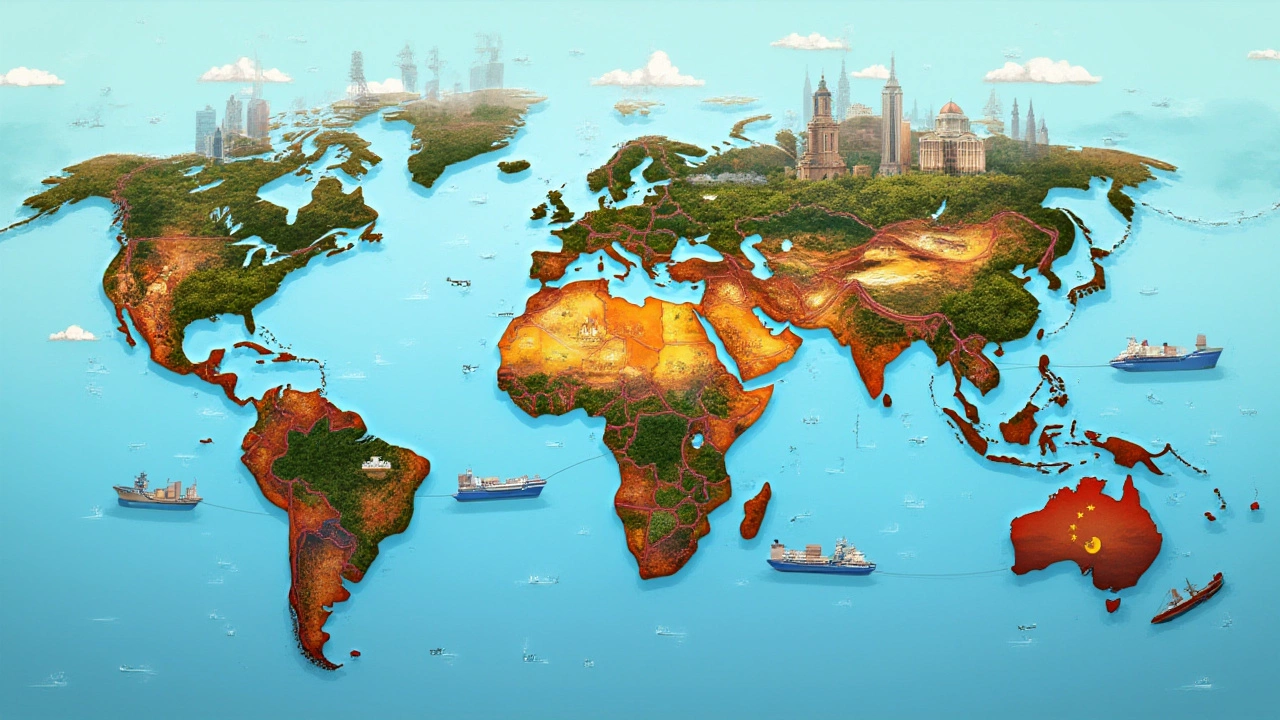Chemical Trade Insights: What’s Shaping India’s Market Today
If you’re dealing with chemicals – whether you buy, sell or produce them – the Indian market offers a mix of chances and challenges. Over the past few years demand for specialty chemicals, agro‑chemicals and polymers has surged, while regulations around safety and environmental impact have tightened. Understanding these forces helps you pick the right products, avoid costly compliance mistakes and grow your business.
Top Chemical Segments Driving Growth
One of the biggest drivers is the push for greener solutions. Companies are shifting to bio‑based polymers and low‑VOC (volatile organic compounds) chemicals because customers and the government want safer products. This shift has opened doors for small producers who can offer niche, eco‑friendly formulations.
Agricultural chemicals are another hot area. With India’s farms expanding and modernizing, there’s a steady need for fertilizers, pesticides and seed treatments. The government’s “fertilizer subsidy” scheme keeps prices attractive for farmers, which means higher turnover for suppliers who can meet quality standards.
Import‑Export Rules You Must Know
Importing chemicals isn’t as simple as placing an order. You’ll need an IEC (Import Export Code) and often a specific import license from the Ministry of Commerce. Certain chemicals, especially those classified as hazardous, require additional clearances from the Ministry of Environment, Forest and Climate Change. Failure to secure the right paperwork can lead to delays or fines.
Exporting follows a similar path. The Directorate General of Foreign Trade (DGFT) issues export licenses for items like specialty polymers and pharma‑grade chemicals. Keep an eye on the latest Export Promotion Capital Goods (EPCG) policy – it can reduce duties on capital equipment used for chemical production, boosting your bottom line.
One practical tip: maintain a digital copy of all certificates (COA, MSDS, etc.) and store them in a cloud folder. Customs officers often request these documents, and having them ready speeds up clearance.
Pricing is another piece of the puzzle. Global raw material costs – especially for oil‑based feedstocks – swing with crude oil prices. When oil prices dip, you might see lower input costs for petro‑chemical products, but competitive pressure can also rise. Stay agile by negotiating flexible contracts with suppliers and keeping a buffer stock for high‑volume items.
Finally, network wisely. Trade shows like the India Chem Expo and the International Trade Fair for Chemicals bring together manufacturers, distributors and regulators. Attending these events gives you a chance to spot new suppliers, learn about upcoming regulations and even land a partnership on the spot.
In short, the chemical trade landscape in India is vibrant but requires you to stay sharp on market trends, compliance, and pricing dynamics. Keep an eye on green chemistry, watch the regulatory updates, and build a reliable paperwork system – and you’ll be well‑positioned to turn challenges into growth opportunities.

Largest Chemical Exporter: Top Countries Powering Global Chemical Trade
Who dominates chemical exports worldwide? Get the lowdown on the top chemical exporting nations, export values, and how they shape global trade.
Read More